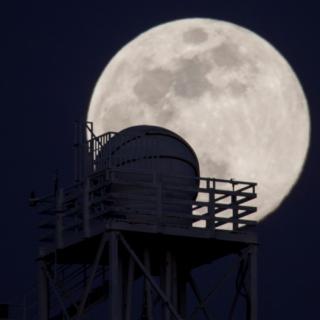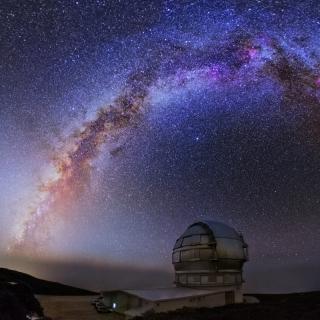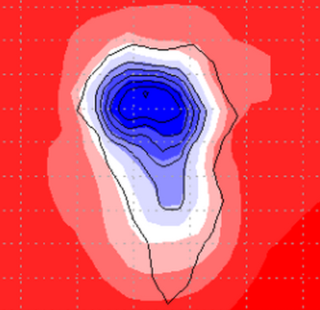The useful time depends on the weather conditions at the Observatories, mainly wind speed, relative humidity, cloudiness and sky transparency (that is depending on aerosol and precipitable water vapour content).
The useful time is a crucial for determining the best existing and potential astronomical sites, because indicates the total observing time.
The useful time may be calculated from the statistics of the usage of the different telescope retrieved from the operation logs. Note that the limits defined at each facility have a significant influence in the mean downtime. Technical breakdown time is not included but only downtime weather conditions.
García-Gil et al estimated the average monthly weather downtime at the ORM from the Automatic Telescope Circle (ATC) logs developing a method to derive the percentage of nights affected by dust or cirrus. The observing time lost due to poor weather conditions ranges from 10% in the summer to 35% during the winter. The results are consistent with those provided by other telescopes, particularly with the WHT, which has the longest public record (18 yrs). At ORM is assured a minimun of 6 usable hours per night on average for all the months.//An alternative way to calculate the observing photometric time (also named "clear") is by satellites (clouds, aerosols and PWV data) . This allows long term comparisons between observatories and potential sites. The photometric time at the ORM is 83.7% (Erasmus, 2006).



